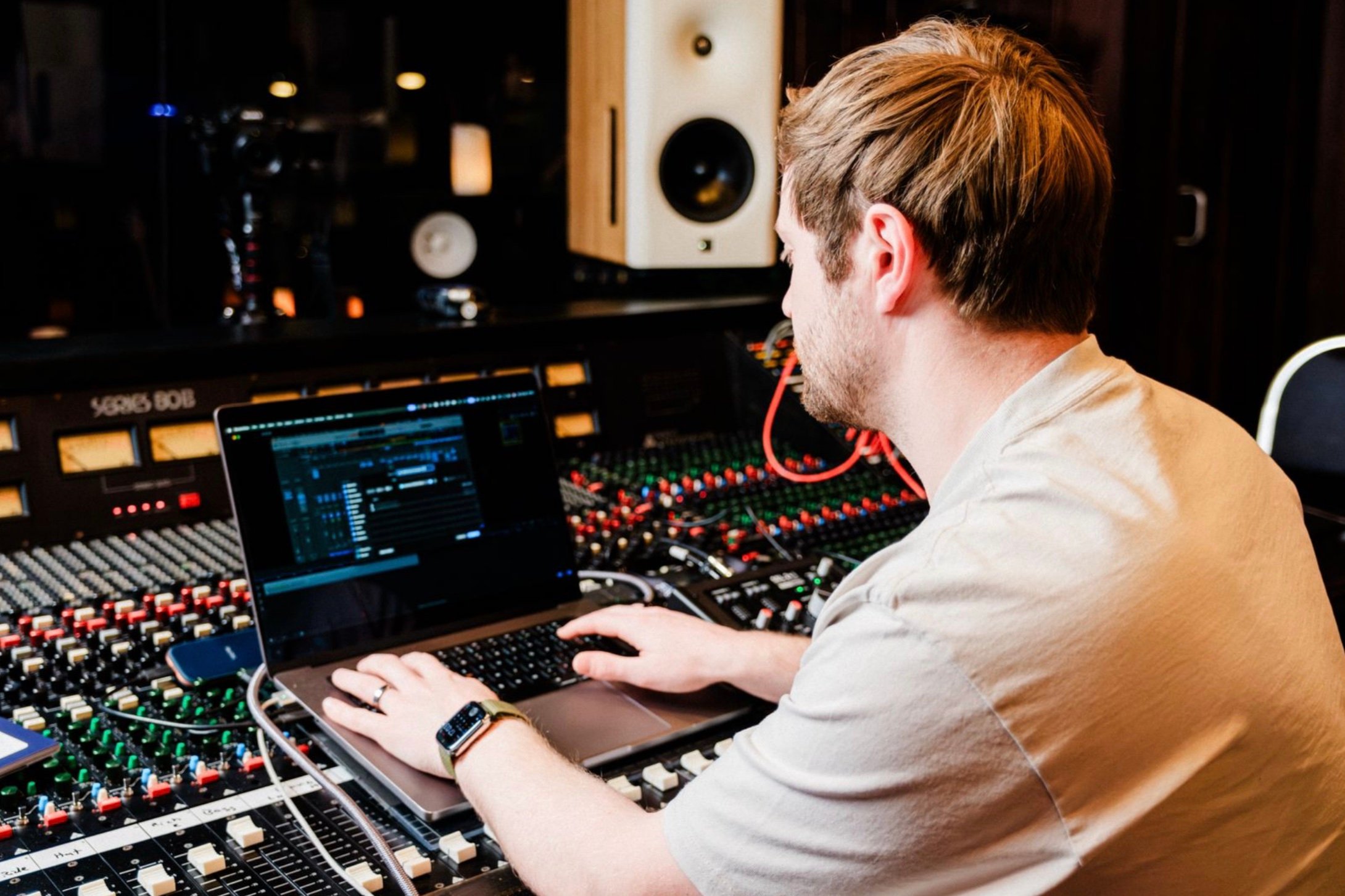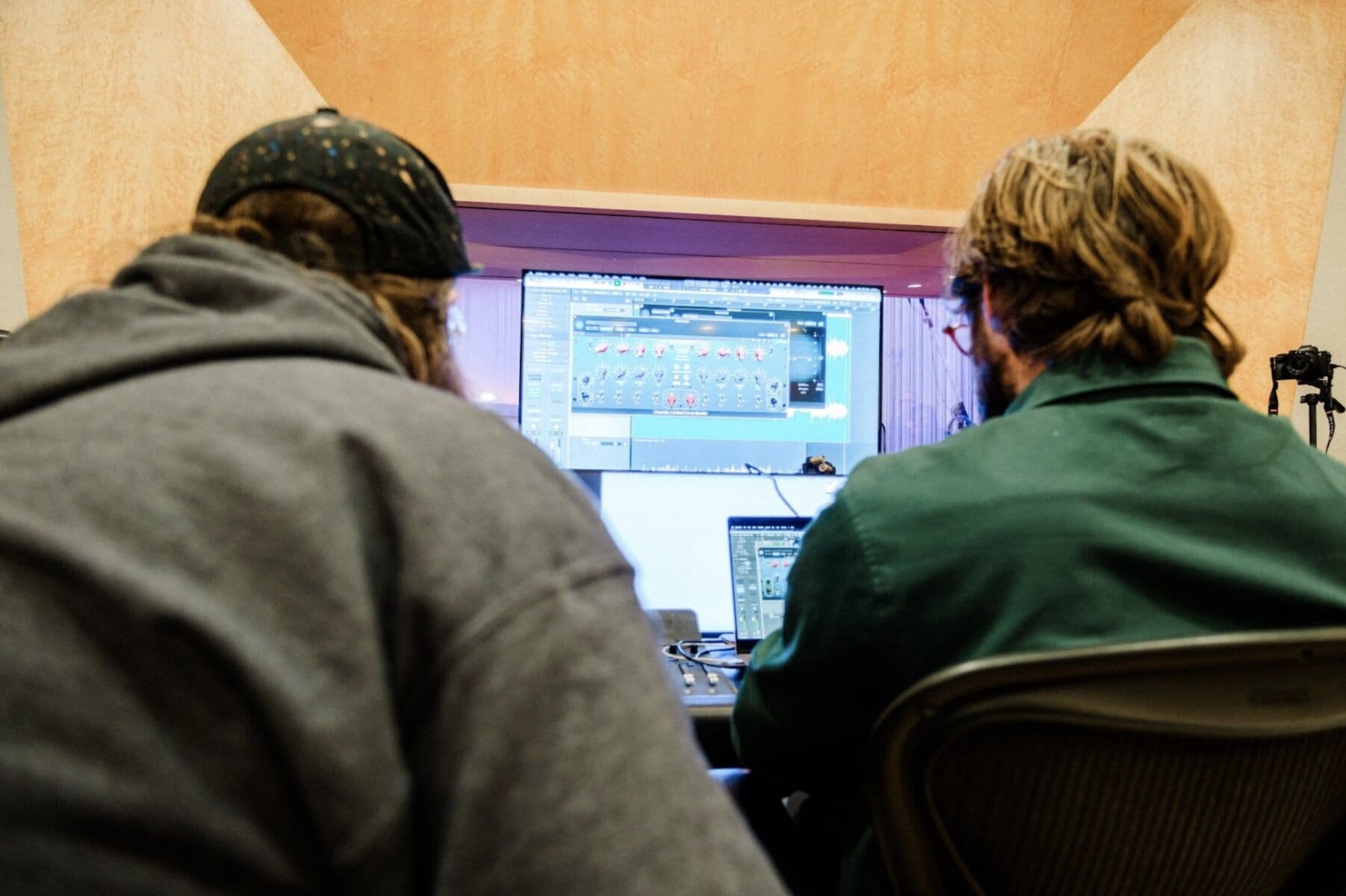There probably isn’t a question I get more than how to deal with the relationship between kick and bass in a mix. And for good reason, in sound engineering, achieving a harmonious relationship between the kick drum and bass is essential for a clean, powerful mix. The low end holds the foundation of most musical genres, providing the groove and drive that engage listeners. However, managing these elements without causing muddiness or frequency overlap can seem daunting. But managing these relationships really isn’t rocket science, it just takes a great understanding of the simple, fundamental tools we use in mixing.
Room Accuracy and Ear Training
Ensuring accurate low-end translation through our speakers and room acoustics is crucial in music production. Low frequencies, with their long sound waves, are particularly challenging to manage, as they tend to bounce around the room, creating room modes. These modes can significantly boost or attenuate frequencies (I’ve seen low end frequency boosts and attenuations 20db from accurate) making it difficult to make informed decisions about the mix and to train our ears to discern subtleties in the low end. Moreover, not all speakers are capable of accurately reproducing these frequencies, with some introducing additional muddiness. Addressing room acoustics and investing in precise monitoring equipment can be complex.
But there is light at the end of the tunnel!
Room correction software and hardware offer a practical solution by applying filters that mitigate some of these issues, though they may not resolve all problems entirely. Additionally, frequency analysis tools can compensate for our ears’ limitations, aiding in achieving a more balanced mix.
Understanding Frequency Overlap
The next step in managing the kick and bass relationship is simply understanding the frequency range each occupies. Typically, the kick drum has a fundamental frequency ranging from 50Hz to 100Hz, while bass frequencies can span from 40Hz to 400Hz, depending on the instrument and playing style. This overlap in the low end can lead to muddiness and a lack of definition if not addressed properly.
The fundamental frequency is the lowest frequency of a periodic waveform or the musical pitch of a note that is perceived as being the lowest and is essential for defining its tonal character. To pinpoint these frequencies, sound engineers can employ a combination of spectral analysis tools and careful listening techniques.
Frequency Analysis Tools: Software such as frequency spectrum analyzers can visually display the frequency spectrum between 20hz and 20khz, allowing you to see where the energy of the kick and bass is most concentrated. By isolating the kick and bass in your mix and observing the analyzer, you can visually identify peaks that correspond to their fundamental frequencies. This visual aid is invaluable for making precise EQ adjustments and ensuring that your mix decisions are based on accurate frequency information.
Listening Techniques: While visual tools are helpful, developing your ear is equally important. Using a parametric EQ, sweep through the low end to find where the kick and bass sound most pronounced. For the kick, you’re listening for where it sounds the punchiest; for the bass, you’re looking for where it sounds the fullest. Once identified, you can boost these frequencies slightly to enhance their presence or cut around them to make space for other elements.
Harmonic Relationships: Understanding harmonics is also crucial when dealing with low-end elements. The fundamental frequency is just the starting point; the harmonics above it help to define the character and timbre of the sound. Recognizing how these harmonics interact can guide you in creating a more cohesive mix, where the kick and bass not only have their own space but also complement each other.
The goal in identifying these fundamental frequencies is to create space around them with EQ so each fundamental has presence and definition in the mix. Then you can define what harmonic information within each element you want to highlight and what can be removed to make space because it’s less essential.
EQ and Filtering
Equalization (EQ) is your primary tool for carving out space in the mix for both the kick and bass. The goal is to enhance the dominant frequencies of each while attenuating the overlapping frequencies to reduce competition. EQ is our most simple but powerful tool for creating a polished low end.
Kick Drum: Apply a high-pass filter to remove sub-bass frequencies that are not fundamental to the kick’s sound. Boost around the kick’s fundamental frequency to enhance its punch, and consider a slight cut in the mid-bass to leave room for the bass guitar or synth bass.
Bass: Use a high-pass filter to clean up unnecessary sub frequencies and a gentle boost in its fundamental range. Carve out a space for the kick by attenuating frequencies around the kick’s fundamental.
Side-Chain Compression
Side-chain compression is a powerful technique where the kick drum’s signal triggers a compressor placed on the bass track. When the kick hits, the bass’s volume is momentarily reduced, making room for the kick to punch through. This creates a rhythmic interaction between the kick and bass, enhancing the groove and clarity of the mix.
Timing and Phase Alignment
Phase issues between the kick and bass can weaken the low end. Use phase alignment tools to adjust the timing of these elements so they hit in phase with each other. Sometimes, flipping the phase of the bass track or slightly delaying the bass or kick can significantly improve the overall punch and clarity.
Harmonic Enhancement and Saturation
Adding harmonics to the bass can make it more audible on smaller speakers without boosting its fundamental frequencies. Saturation or mild distortion can add harmonics to the bass, making it cut through the mix better while still leaving space for the kick drum.
Layering and Sample Selection
Choosing the right sounds from the start can ease the mixing process. Select kick and bass sounds that complement each other in frequency and tone. Consider layering different samples to create a composite kick or bass sound that fills the desired frequency spectrum without clashing.
Monitoring and Reference Tracks
Accurate monitoring is crucial for making informed decisions about the low end. Use studio monitors and headphones that provide a clear representation of low frequencies. Reference tracks in similar genres can guide your mixing decisions, helping you achieve a balanced and professional-sounding mix.
Conclusion
Balancing the kick and bass in the low end requires a combination of technical skills and creative decision-making. By applying EQ and filtering, leveraging side-chain compression, ensuring proper timing and phase alignment, enhancing harmonics, carefully selecting and layering sounds, and relying on accurate monitoring and reference tracks, you can achieve a clear, punchy, and cohesive mix. Remember, each track is unique, so these techniques should be adapted to fit the specific needs of your music. Good luck and have fun!














